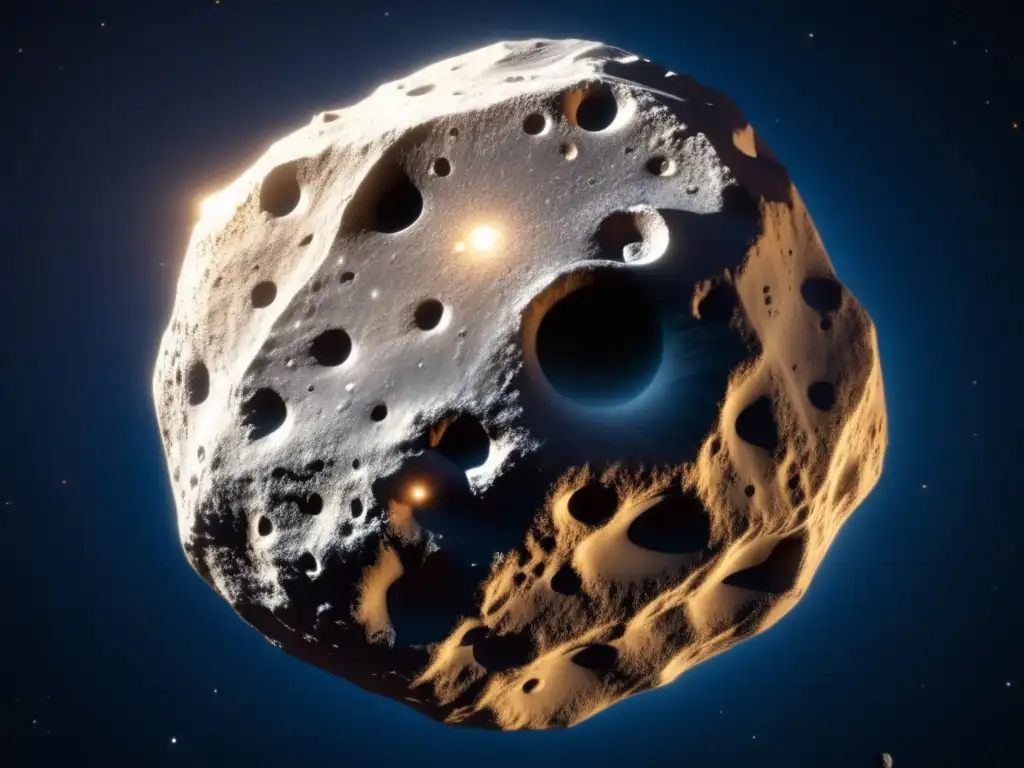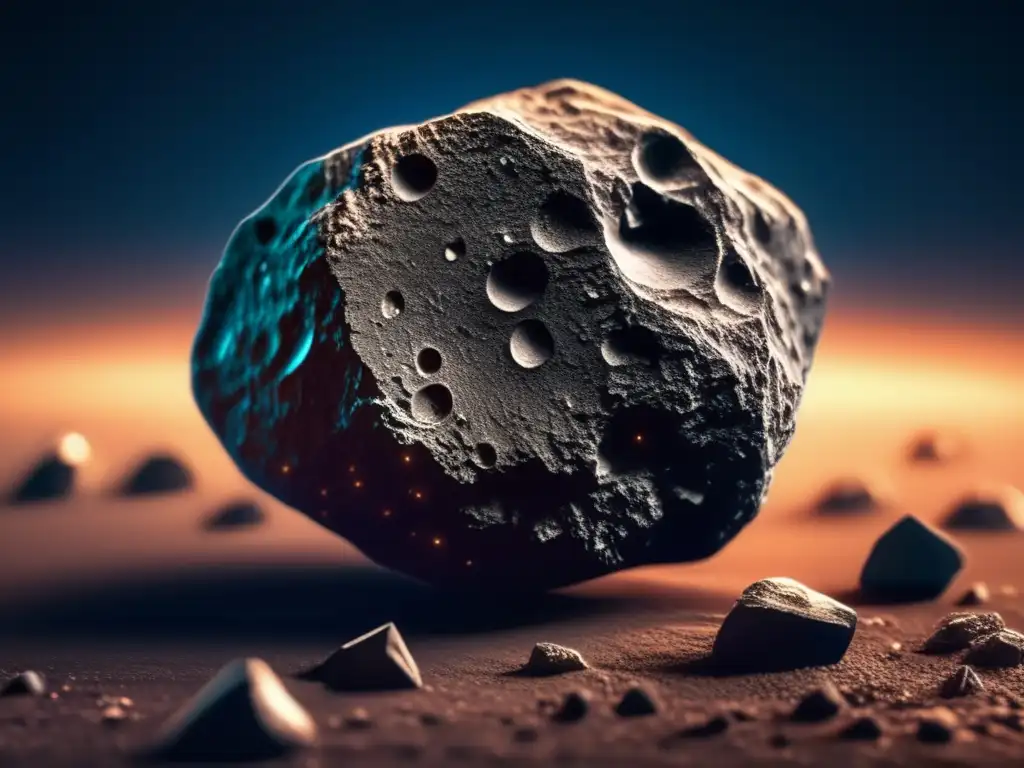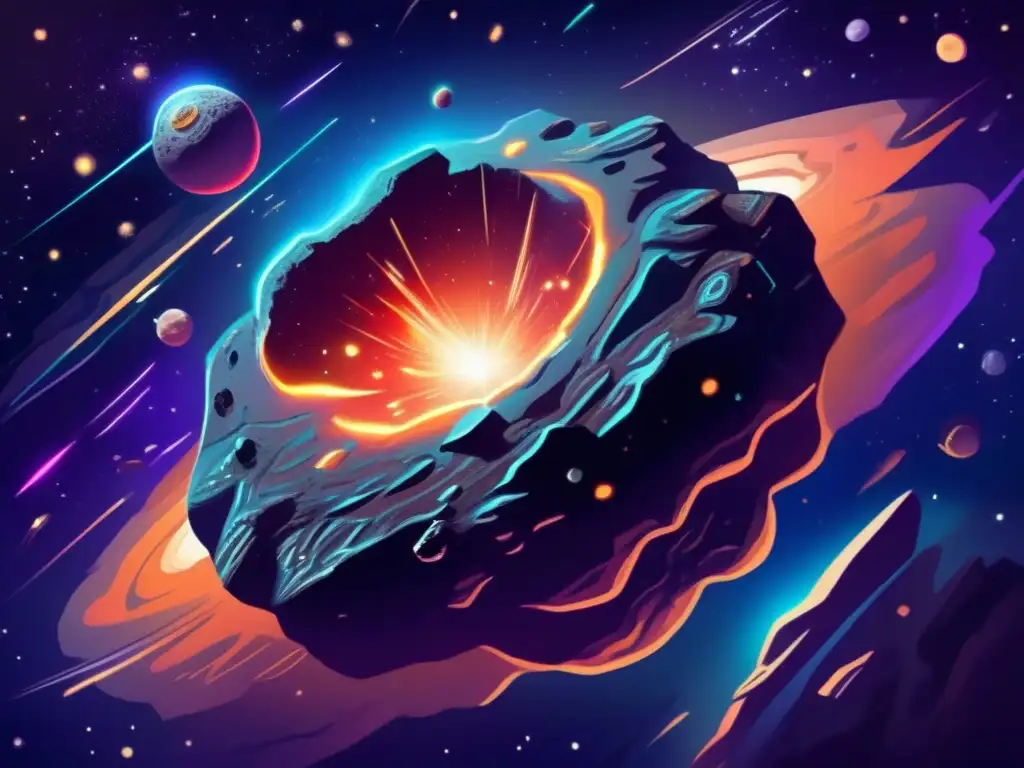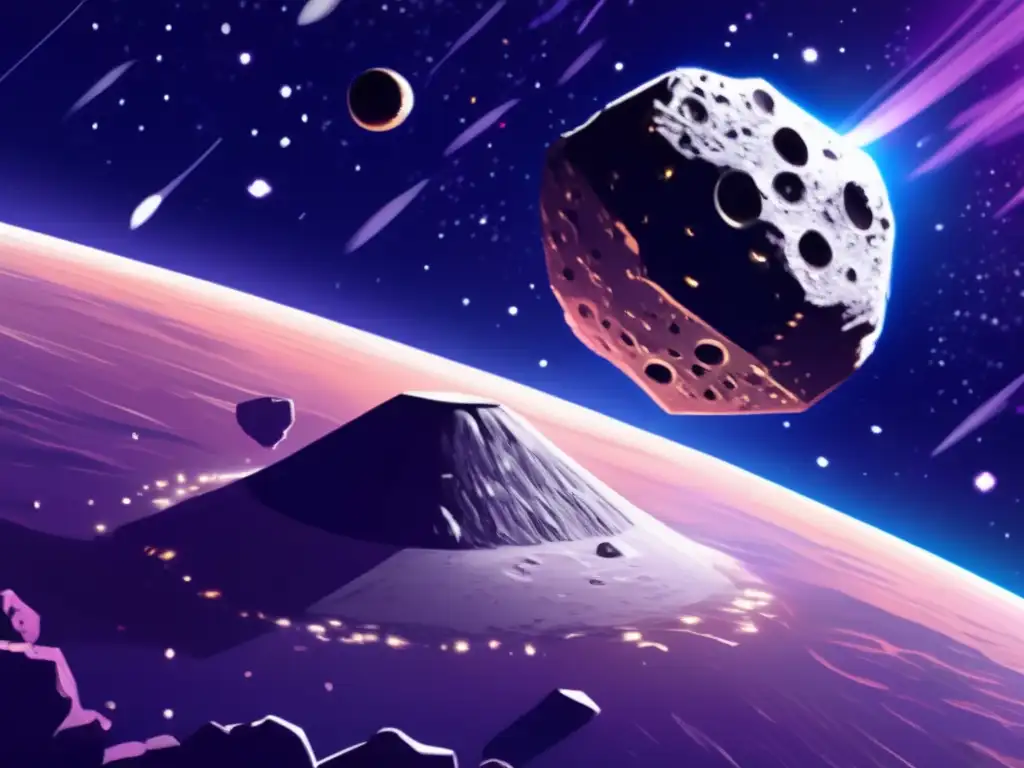"The Unexpected Discovery Of 2008 KV42: A Retrograde Asteroid"

Introduction
Asteroid discoveries continue to amaze and surprise us with their fascinating characteristics and intriguing behaviors. One such discovery was 2008 KV42, an asteroid that orbits the Sun in a retrograde direction, meaning it moves in the opposite direction to most other objects in our Solar System. In this article, we will explore the discovery, characteristics, and significance of this unique retrograde asteroid in more detail.
The Discovery of 2008 KV42

How was it discovered?
2008 KV42 was discovered by a team of astronomers led by Dr. David Jewitt in 2008 using the Canada-France-Hawaii Telescope on Mauna Kea, Hawaii. The asteroid was initially thought to be a comet due to its unusual orbit, but further analysis revealed that it was indeed a small rocky body.
What is its orbit like?
As mentioned earlier, 2008 KV42 moves in a retrograde direction, meaning it orbits the Sun in the opposite direction to most other objects in our Solar System. Its orbit is highly elliptical, taking it from just inside the orbit of Jupiter to well beyond the orbit of Neptune. It completes one orbit around the Sun every 10.4 years.
Why is it so rare?
Retrograde asteroids like 2008 KV42 are incredibly rare, with only a handful known to exist in our Solar System. This is because they are thought to have originated in the Kuiper Belt, a region beyond Neptune where objects orbit in a retrograde direction due to the influence of Neptune's gravity. Most Kuiper Belt objects remain in this region, but some are scattered inward towards the Sun where they can become retrograde asteroids.
The Characteristics of 2008 KV42

What is its size and composition?
2008 KV42 is estimated to be around 2.5 kilometers in diameter, making it a relatively small asteroid. Its exact composition is unknown, but it is thought to be a primitive, rocky object that has remained largely unchanged since the formation of our Solar System over 4 billion years ago.
Why is its retrograde orbit significant?
The retrograde orbit of 2008 KV42 is significant because it provides insight into the history and evolution of our Solar System. Retrograde asteroids are thought to have been scattered inwards by interactions with planets like Jupiter and Saturn, and their presence in the inner Solar System suggests that these interactions were more common in the past than they are today.
What can we learn from studying 2008 KV42?
Studying 2008 KV42 can help us understand the formation and evolution of the Solar System, as well as the dynamics of small bodies like asteroids and comets. Its retrograde orbit also makes it an ideal target for future space missions, which could provide valuable information about its composition and origin.
The Significance of 2008 KV42

Why is it important to study asteroids?
Asteroids are some of the most ancient and primitive objects in our Solar System, providing important clues about its formation and evolution. They also contain valuable resources like water and metals that could be used for future space exploration and settlement.
What does the discovery of 2008 KV42 tell us about the Solar System?
The discovery of 2008 KV42 tells us that the history and evolution of our Solar System is still full of surprises. Retrograde asteroids like this one provide a unique glimpse into the past, and studying them can help us better understand the complex dynamics that have shaped our Solar System over billions of years.
How might 2008 KV42 be studied in the future?
Future space missions to 2008 KV42 could involve sending spacecraft to orbit or land on the asteroid, similar to the successful missions to other small bodies like Bennu and Ryugu. These missions could provide valuable information about its composition, origin, and potential resources.
Frequently Asked Questions

-
What is a retrograde asteroid?
A retrograde asteroid is an asteroid that orbits the Sun in the opposite direction to most other objects in our Solar System.
-
How was 2008 KV42 discovered?
2008 KV42 was discovered by a team of astronomers led by Dr. David Jewitt in 2008 using the Canada-France-Hawaii Telescope on Mauna Kea, Hawaii.
-
Why is the retrograde orbit of 2008 KV42 significant?
The retrograde orbit of 2008 KV42 is significant because it provides insight into the history and evolution of our Solar System.
-
How might 2008 KV42 be studied in the future?
Future space missions to 2008 KV42 could involve sending spacecraft to orbit or land on the asteroid, similar to the successful missions to other small bodies like Bennu and Ryugu.
-
Why is it important to study asteroids?
Asteroids are some of the most ancient and primitive objects in our Solar System, providing important clues about its formation and evolution.
Conclusion
2008 KV42 is a fascinating, retrograde asteroid that provides valuable insight into the history and evolution of our Solar System. Its discovery highlights the continued importance of studying small bodies like asteroids, which can tell us so much about our cosmic past and future. As we continue to explore and learn more about the Solar System, the unexpected discoveries will undoubtedly continue.
We hope you enjoyed learning about 2008 KV42 and encourage you to share your thoughts and comments below. Thank you for reading, and be sure to check out www.asteroidrealm.com for more asteroid-related content!
Additional Resources

- NASA - The Discovery of a Retrograde Asteroid
- Space.com - First Retrograde Asteroid Discovered in Kuiper Belt
- New Scientist - Retrograde Comet Could be a Volatile Time Capsule
 "Asteroid B612: The Myth And The Real Discovery"
"Asteroid B612: The Myth And The Real Discovery" "The Detection And Tracking Of Near-Earth Asteroids"
"The Detection And Tracking Of Near-Earth Asteroids" "Revealing Ryugu: The Target Of The Hayabusa2 Mission"
"Revealing Ryugu: The Target Of The Hayabusa2 Mission"If you want to discover more articles similar to "The Unexpected Discovery Of 2008 KV42: A Retrograde Asteroid", you can visit the Asteroid Discoveries category.
Leave a Reply

Articulos relacionados: